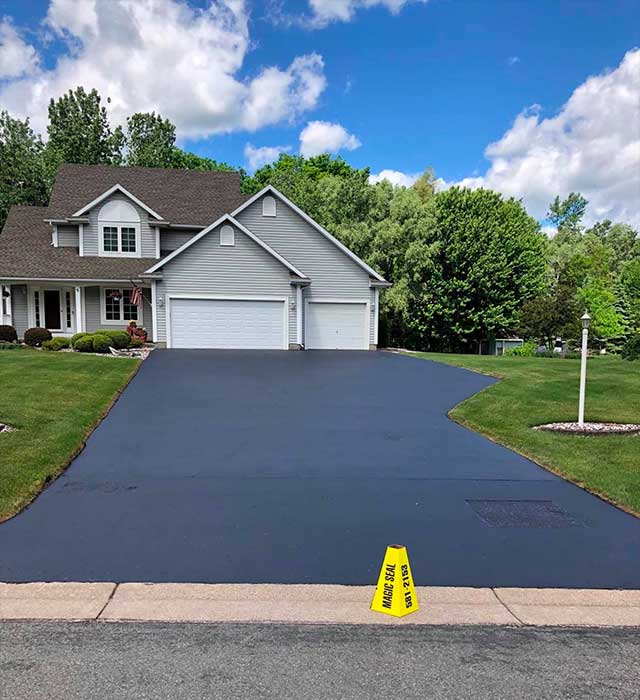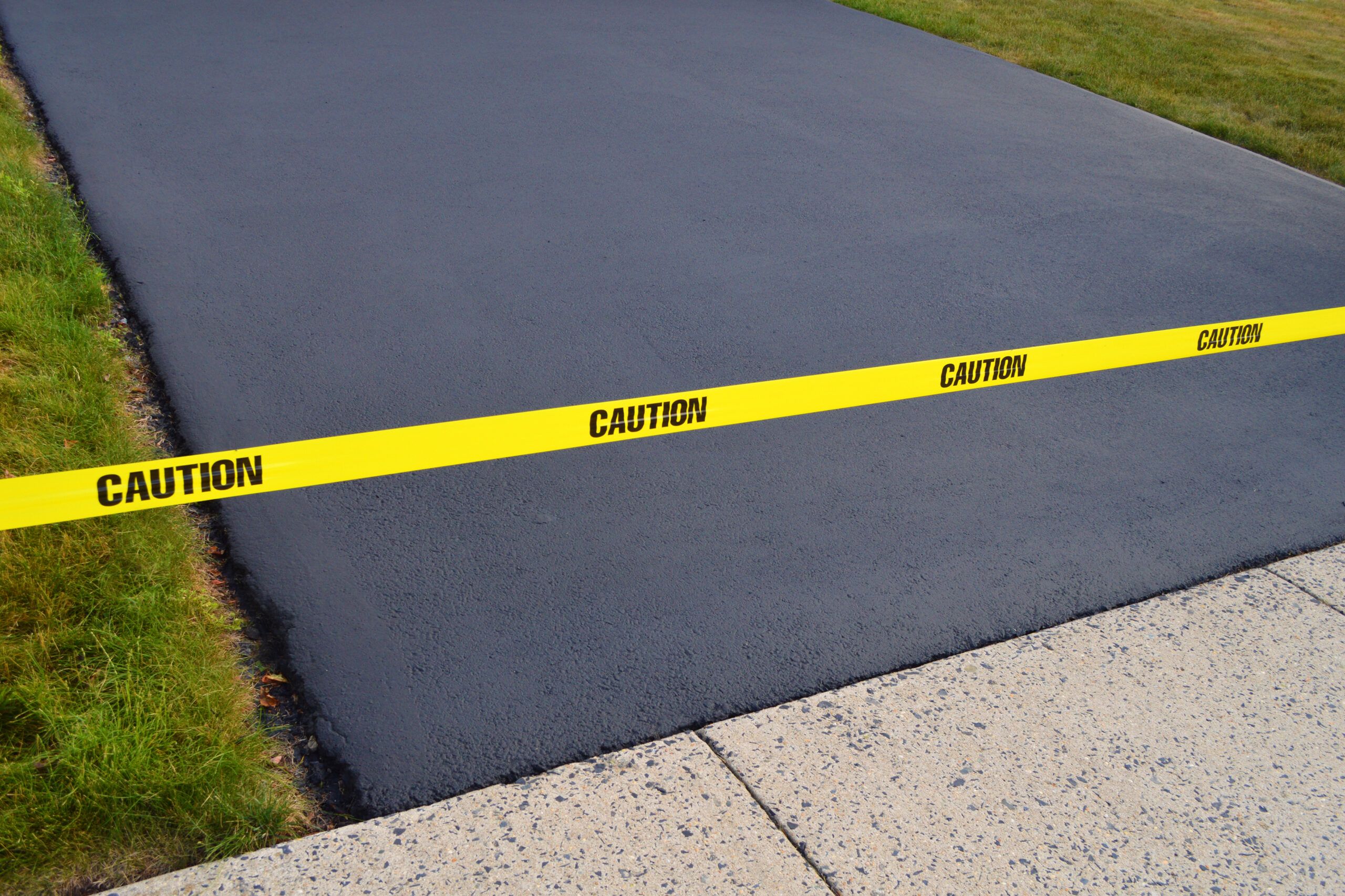Change Your Property's Aesthetic appeals: Commercial Parking Area Paving and Asphalt Sealing Solutions
Change Your Property's Aesthetic appeals: Commercial Parking Area Paving and Asphalt Sealing Solutions
Blog Article
Warm Mix Asphalt: A Lasting Solution for Pavement
Hot Mix Asphalt (HMA) has emerged as a leading sustainable choice for pavement remedies, offering a myriad of ingenious innovations and environmental advantages. Its ability to recycle materials and lower power consumption provides a compelling situation for its fostering in road building tasks. The long-term performance and longevity of HMA make it a preferred option for facilities development. As the demand for green building and construction techniques expands, checking out the subtleties of HMA's sustainability can supply beneficial understandings into the future of pavement remedies.
Environmental Benefits of Warm Mix Asphalt

Furthermore, Warm Mix Asphalt aids to alleviate urban heat island effects. Its dark color soaks up sunlight, minimizing the amount of heat mirrored back into the atmosphere contrasted to lighter-colored pavements. This can lower ambient temperatures in city areas, reducing the demand for cooling and inevitably decreasing power usage.
Furthermore, Warm Mix Asphalt adds to boosted stormwater administration. Its porous nature permits water to penetrate the pavement and reenergize groundwater products, decreasing runoff and the threat of flooding. These ecological advantages make Hot Mix Asphalt a sustainable selection for leading roadways and highways.
Power Effectiveness in HMA Manufacturing
Is power efficiency a vital element in the production of Warm Mix Asphalt (HMA)? Energy plays a considerable function in the production of HMA, impacting both expense and ecological sustainability. One crucial facet of power effectiveness in HMA production is the usage of cozy mix asphalt (WMA) modern technologies.
Moreover, developments in plant innovations have brought about more energy-efficient HMA manufacturing procedures. Modern plants are designed with features like recycled asphalt sidewalk (RAP) processing abilities, efficient burner systems, and improved insulation, all contributing to energy financial savings. By enhancing energy usage in HMA manufacturing, the market can decrease its carbon footprint while maintaining high-quality pavement products. Energy performance is, therefore, a vital factor to consider in ensuring the sustainability of Hot Mix Asphalt production.
Recyclability of Hot Mix Asphalt
The recyclability of Warm Mix Asphalt (HMA) is a critical element of its sustainability and lasting environmental impact. HMA is just one of one of the most recycled materials in the United States, with over 100 million lots of reclaimed asphalt sidewalk (RAP) being reused each year in brand-new pavement building and construction. Recycling HMA uses a number of ecological advantages, such as minimizing the requirement for virgin materials, decreasing power consumption during manufacturing, and lowering the quantity of waste sent out to garbage dumps.
The procedure of recycling HMA involves milling the existing pavement, squashing it right into smaller items, and blending it with brand-new aggregate view and asphalt binder to create a recycled mix. This recycled mix can commonly execute as well as or even much better than traditional click here to read HMA, while needing less raw materials and producing reduced greenhouse gas exhausts. By integrating RAP right into new sidewalk tasks, road firms can save all-natural sources, decrease expenses, and minimize the ecological impact of roadway building and construction and maintenance tasks. Generally, the recyclability of HMA plays a substantial role in advertising lasting practices within the pavement sector.

Long-Term Efficiency of HMA
Asphalt pavements show longevity and resilience over an extended duration, mirroring the long-term efficiency of Hot Mix Asphalt (HMA) The longevity of HMA can be connected to its capacity to stand up to heavy traffic lots, harsh weather condition problems, and the results of aging. Research studies have actually shown that properly designed and properly built HMA sidewalks can last for 20 years or even more with normal upkeep. The trick to making the most of the long-lasting performance of HMA hinges on utilizing top quality products, complying with best techniques in building, and applying effective maintenance methods. Correct drain, routine evaluations, and prompt repair services are crucial for protecting the architectural stability of HMA pavements with time. In addition, innovations in HMA modern technology, such as the usage of polymer-modified binders and cozy mix asphalt, have actually additionally improved the toughness and durability of HMA pavements. By prioritizing top quality building and upkeep methods, HMA remains to confirm itself as a sustainable and cost-effective solution for long-lasting sidewalk framework.
.png)
HMA: Durability and Sustainability
Showing both durability and sustainability, Warm Mix Asphalt (HMA) has come to be a cornerstone in the construction of long-lasting sidewalk infrastructures - hot mix asphalt. HMA's durability comes from its ability to hold up against hefty tons, extreme weather, and high website traffic volumes, making it a trusted option for roads, highways, and airport terminal runways. The composition of HMA, which commonly includes aggregates, binder, and filler, plays an important role in improving its long life and resistance to wear and tear
In addition, HMA's sustainability exists in its recyclability and energy-efficient manufacturing process. The capability to recycle redeemed asphalt sidewalk (RAP) in new HMA mixes reduces the need for virgin materials and reduces the environmental influence of pavement construction and upkeep. In addition, the power performance of producing HMA hinges on its lower mixing temperature levels compared to other pavement materials, causing reduced energy usage and greenhouse gas discharges.
Conclusion
Finally, hot mix asphalt (HMA) offers a lasting remedy for pavement with its eco-friendly attributes. HMA's recyclability, energy performance in manufacturing, and long-lasting toughness make it a green option for roadway construction. By saving natural resources, reducing waste, and reducing greenhouse gas exhausts, HMA plays a critical duty in advertising sustainability in facilities growth. Its ability to mitigate city heat island effects further emphasizes its relevance in producing durable and environmentally aware pavement systems.
HMA is one of the most recycled materials in the United States, with over 100 million tons of recovered asphalt sidewalk (RAP) being reused every year in Get More Information brand-new pavement building and construction.The process of recycling HMA includes grating the existing pavement, squashing it right into smaller pieces, and blending it with brand-new aggregate and asphalt binder to produce a recycled mix.Asphalt pavements show longevity and strength over an extended period, showing the long-lasting performance of Hot Mix Asphalt (HMA) Furthermore, advancements in HMA technology, such as the use of polymer-modified binders and cozy mix asphalt, have additionally boosted the toughness and longevity of HMA pavements. The capacity to recycle recovered asphalt pavement (RAP) in brand-new HMA mixes lowers the demand for virgin materials and lessens the ecological impact of pavement building and upkeep.
Report this page